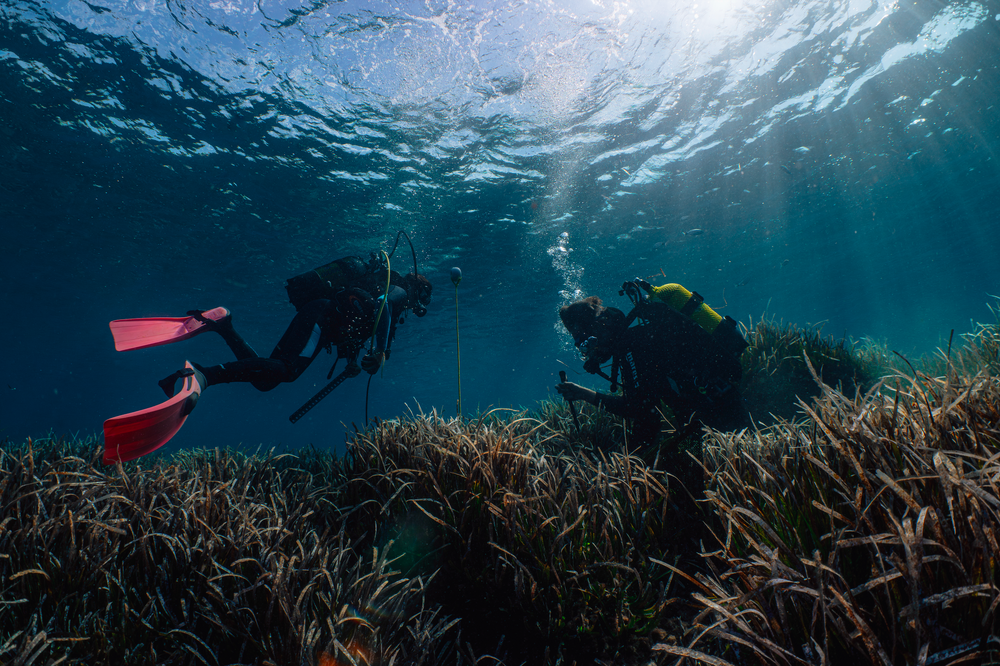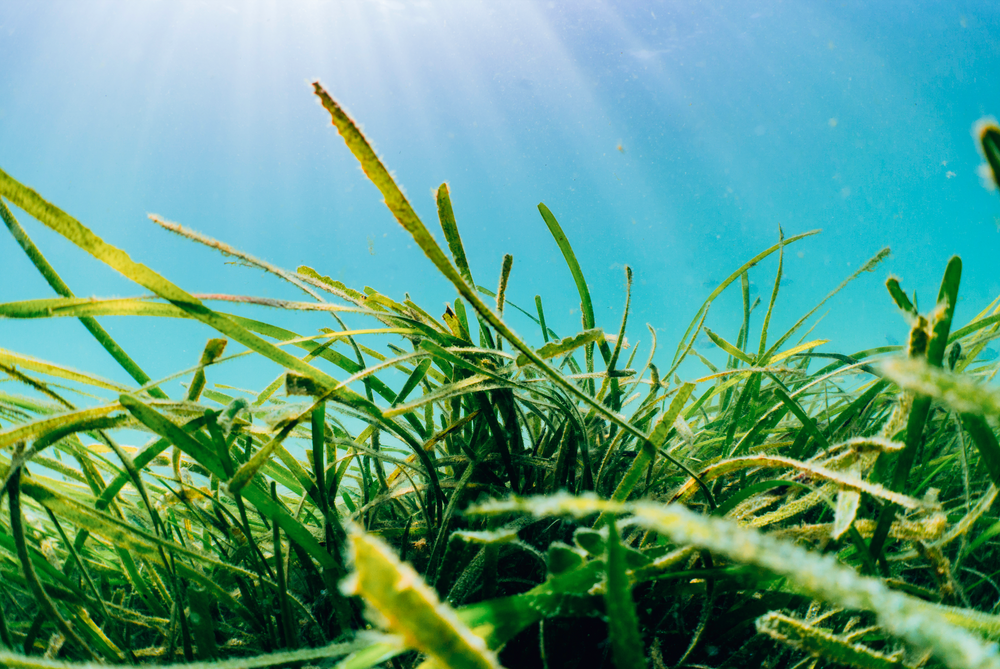Why Seagrass Matters
Seagrasses are one of the most widespread, yet underappreciated, ecosystems on the planet. These flowering plants grow in shallow, salty, and brackish waters along coastlines in every continent except Antarctica, quietly playing an enormous role in supporting ocean health, global climate stability, and countless coastal communities.
Despite covering only about 0.2% of the global seafloor, seagrass meadows are among the most productive ecosystems on Earth. They create dense underwater meadows that serve as nurseries, feeding grounds, and shelter for an incredible variety of marine life, from fish, crustaceans, and mollusks to sea turtles, manatees, and even sharks.
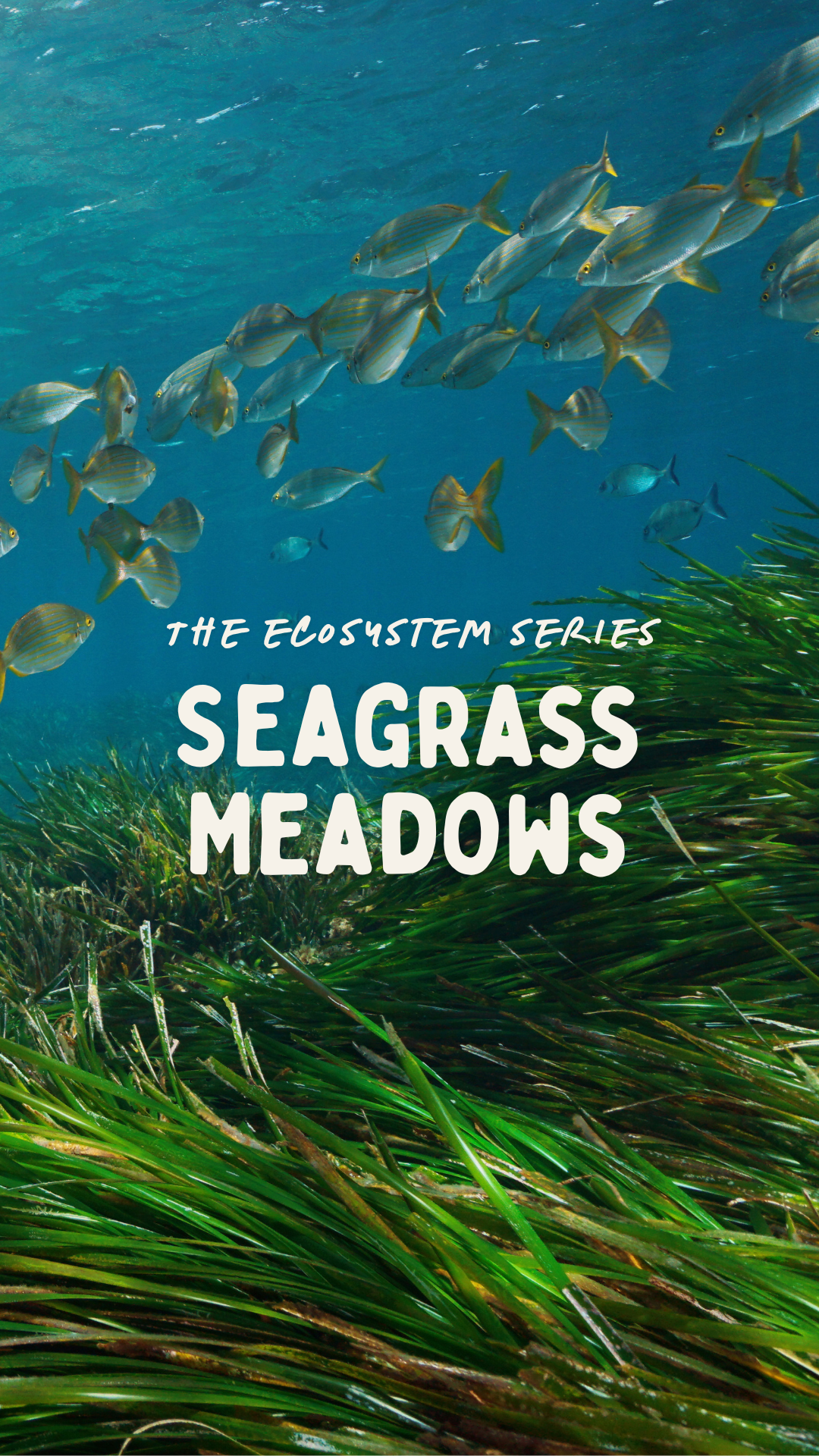
Did you know we need Seagrass?
Seagrass meadows are underwater gardens, they stabilize the sea floor and sequester carbon!
Seagrass Meadows benefit the Earth in many ways…
- Seagrass Meadows support thousands of marine species
- Seagrass Meadows hold our coastlines and protect them from erosion
- Seagrass Meadows are powerful carbon sinks. They absorb CO₂ and store it in their roots, stems and leaves. This allows carbon to remain trapped for centuries, a process known as blue carbon storage.
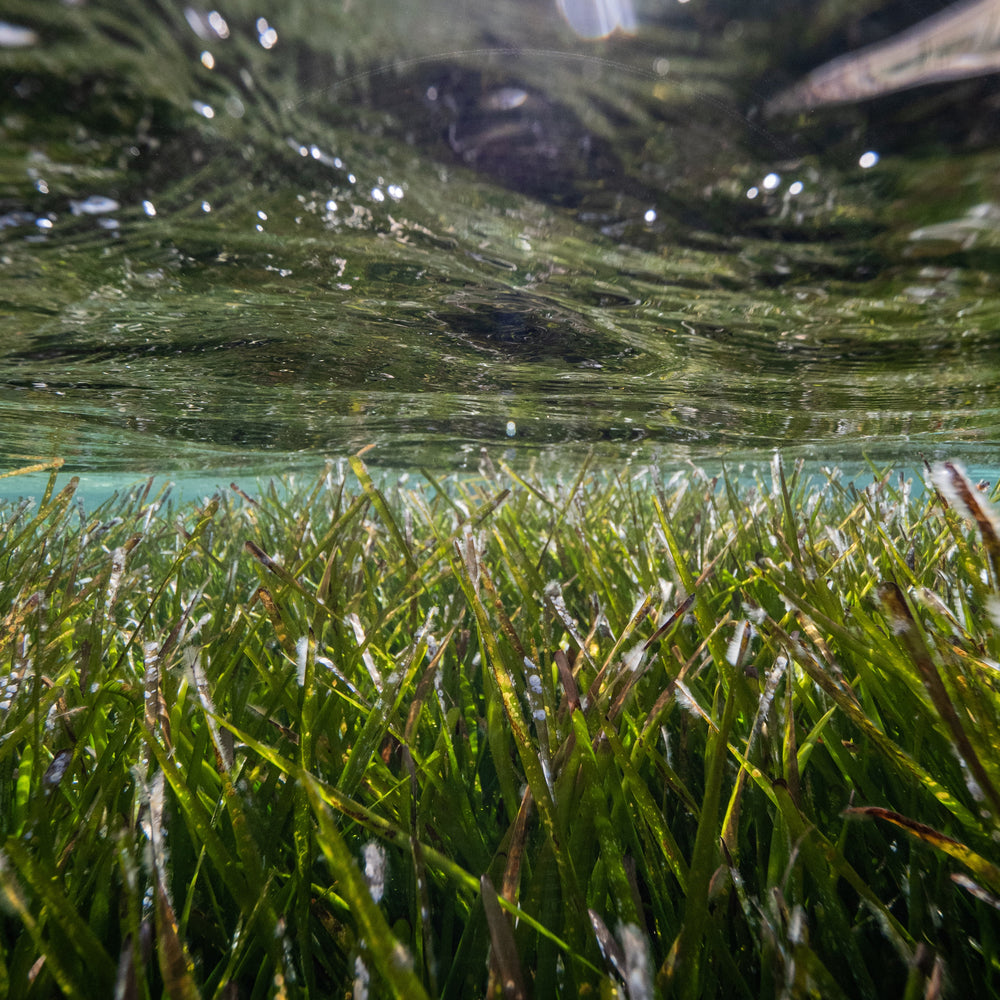
Carbon Sequestration
Seagrass meadows efficiently remove carbon dioxide from the atmosphere and ocean, locking it into both plant tissues and deep sediment layers, where it can remain stored for millennia
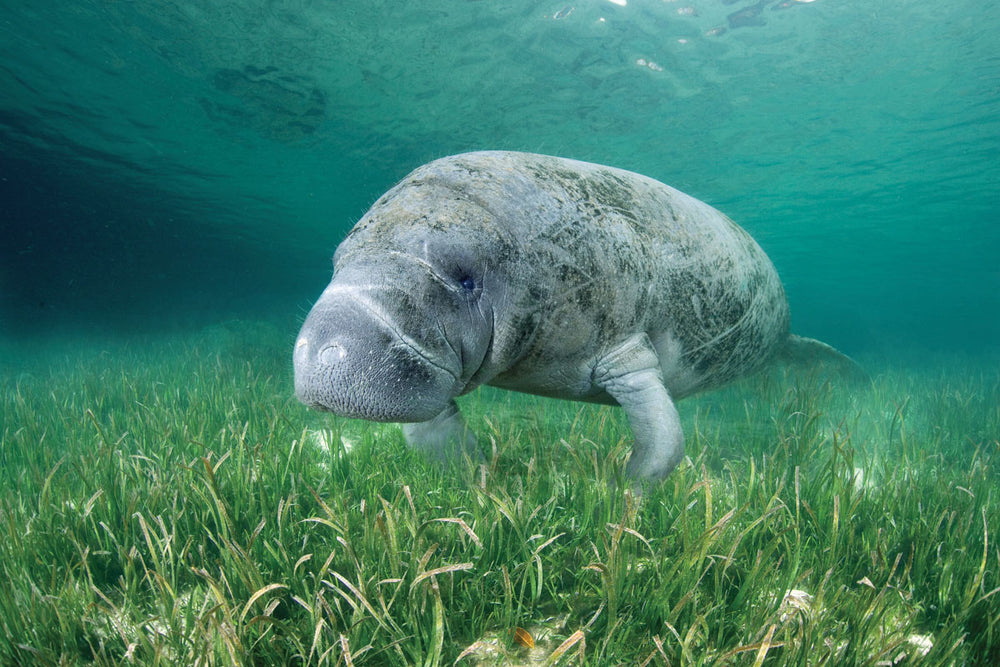
Biodiversity Support
Seagrasses create dense, complex habitats that shelter juvenile fish, shellfish, crustaceans, sea turtles, dugongs, manatees, and many migratory bird species, making them critical nurseries for commercial fisheries
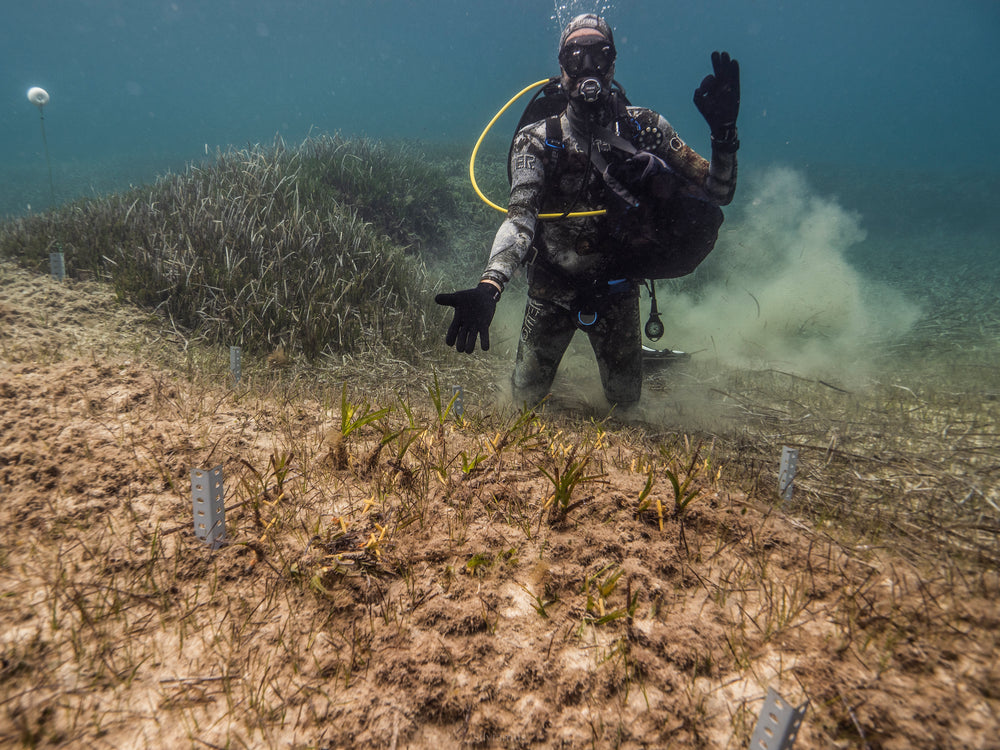
Water Quality Improvement
Their root systems stabilize sediments, reduce turbidity, and filter out excess nutrients, pollutants, and contaminants, improving water clarity and overall coastal ecosystem health
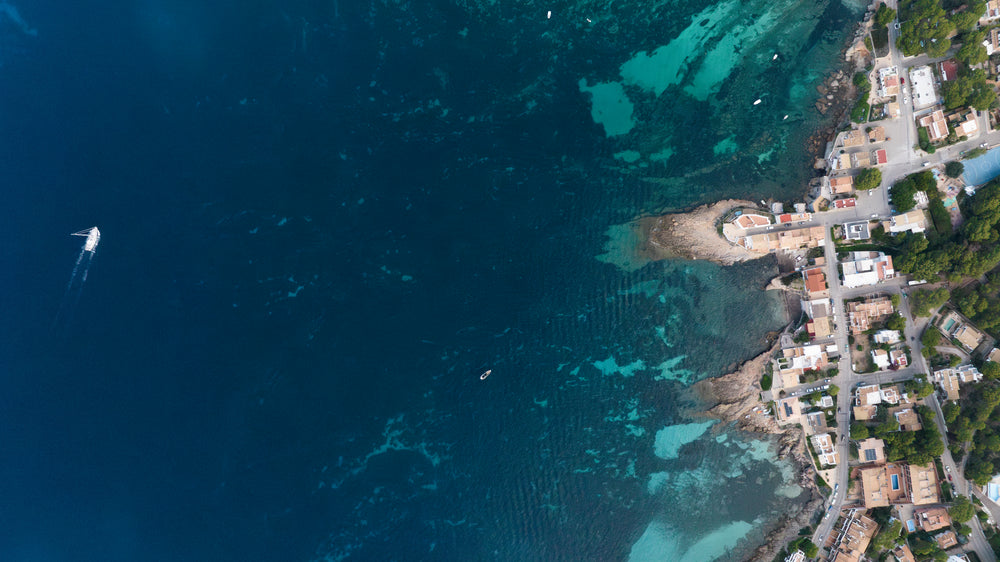
Coastal Protection
By anchoring sediments and dampening wave energy, seagrass meadows help reduce coastal erosion and protect vulnerable shorelines from storm damage
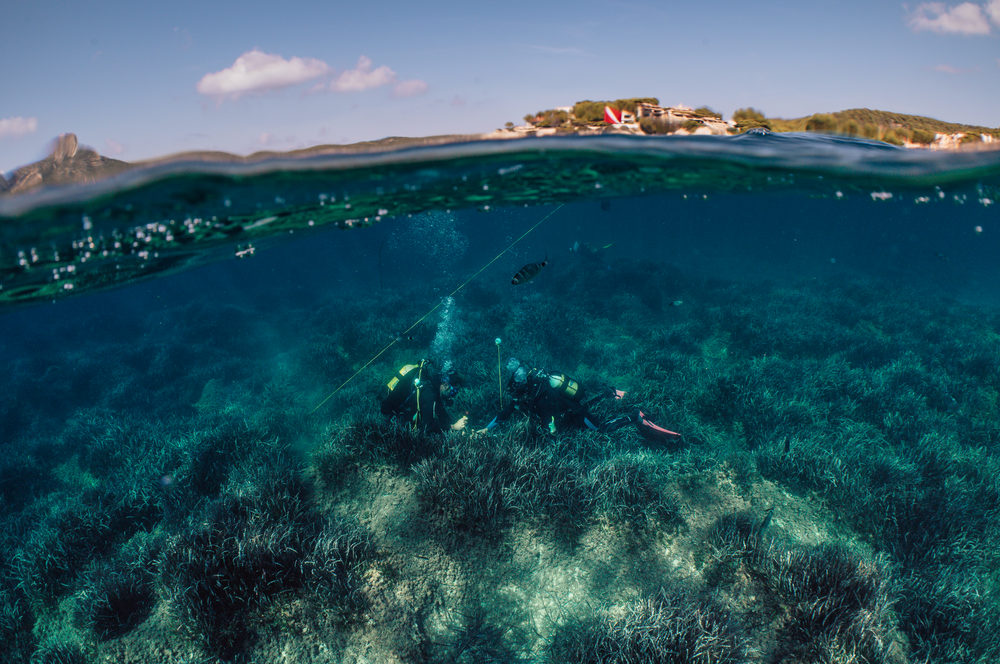
Economic Benefits
Healthy seagrass ecosystems support thriving fisheries, tourism, and recreation industries, while contributing to the protection of coastal infrastructure
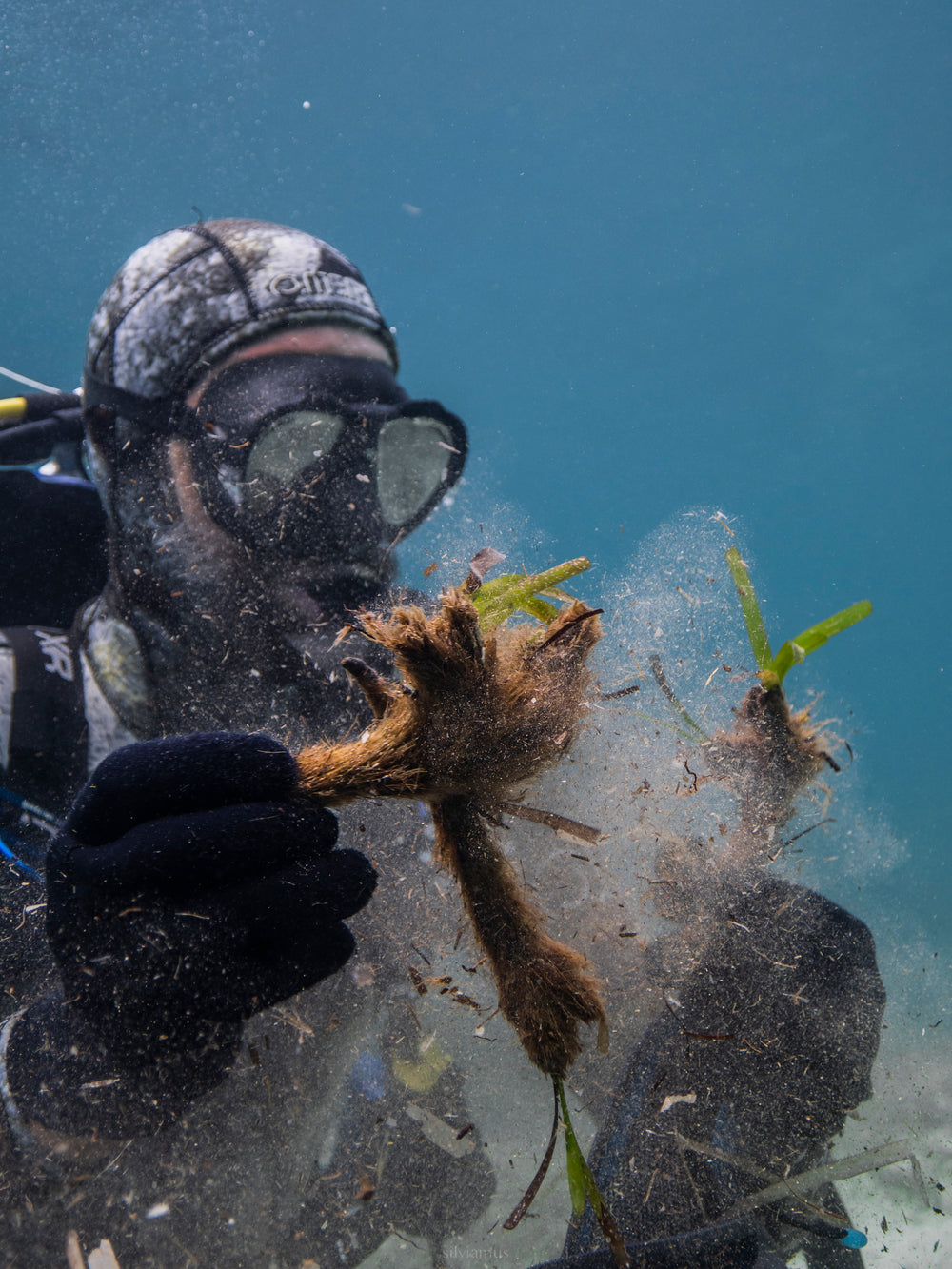
The Unsung Heroes of the Ocean
In addition to their rich biodiversity, seagrasses are blue carbon powerhouses. Like mangroves and salt marshes, they absorb carbon dioxide from both the ocean and atmosphere and store it in their leaves, roots, and surrounding sediments. While their living biomass holds significant carbon, the real power lies in their ability to trap and lock carbon in the soil for thousands of years.
In fact, seagrasses can sequester carbon at rates up to twice as high as average terrestrial forests, making them a critical natural solution for fighting climate change.
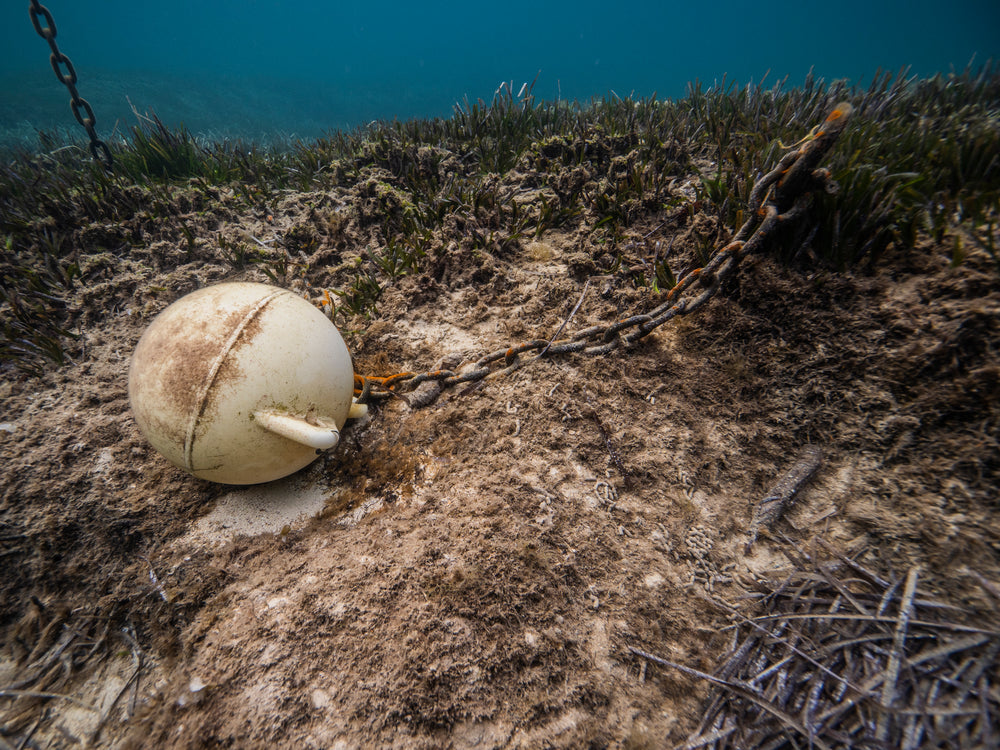
The Threats Seagrasses Face
Despite their importance, seagrass meadows are among the most rapidly declining ecosystems globally.
Coastal development and urbanization often lead to direct habitat loss through dredging, land reclamation, and construction projects. Pollution from agricultural runoff, sewage, and stormwater introduces excessive nutrients into coastal waters, fueling harmful algal blooms that block sunlight needed for seagrass photosynthesis.
Boat traffic, including propeller scarring and anchor damage, physically disrupts seagrass beds, fragmenting or destroying large areas. Climate change compounds these threats by increasing sea temperatures, altering salinity patterns, raising sea levels, and intensifying extreme weather events that disrupt these fragile habitats.
Globally, it's estimated that we've lost as much as 50% of seagrass coverage over the past century, a loss with serious consequences for biodiversity, fisheries, and carbon storage.
Seagrass Restoration Techniques
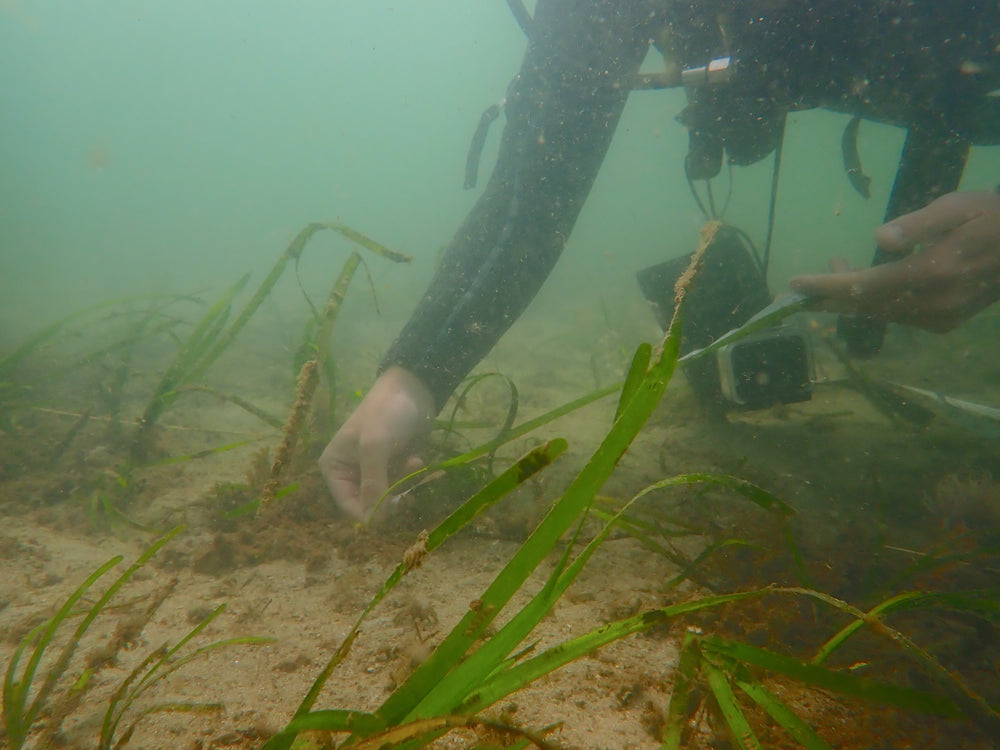
Seed Collection & Planting
Collecting seeds from healthy donor meadows and planting them in degraded areas to kickstart natural regrowth
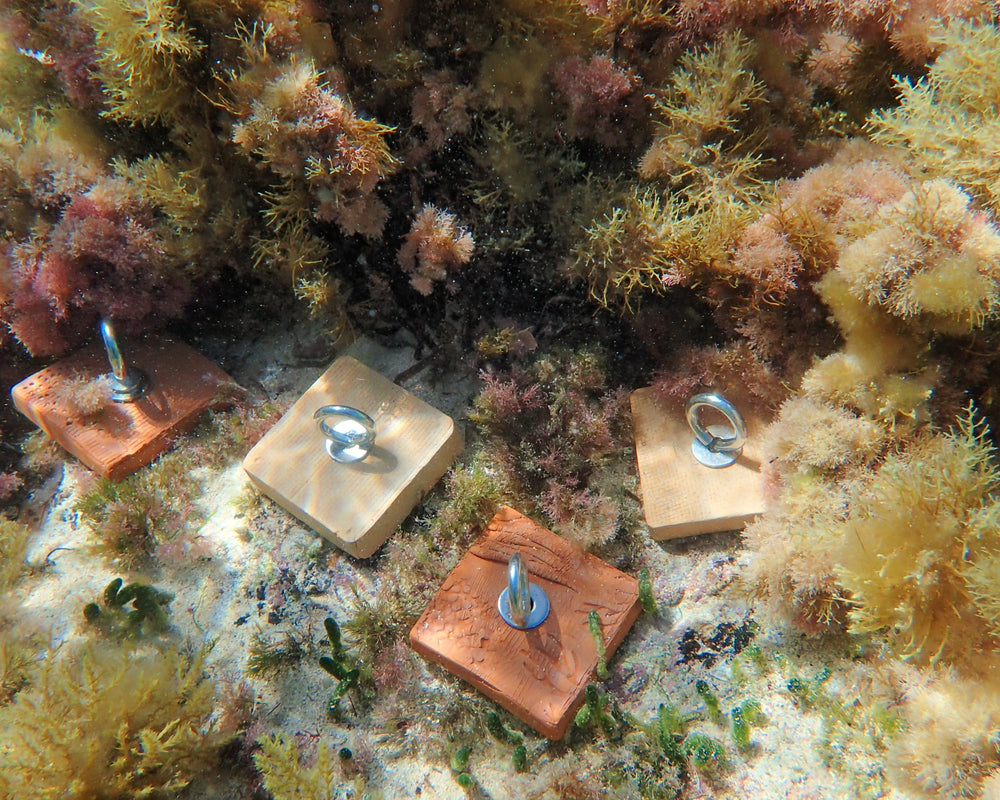
Transplanting Shoots
Carefully harvesting healthy seagrass shoots and replanting them in bare sediment patches, where they can anchor, spread, and form new meadows
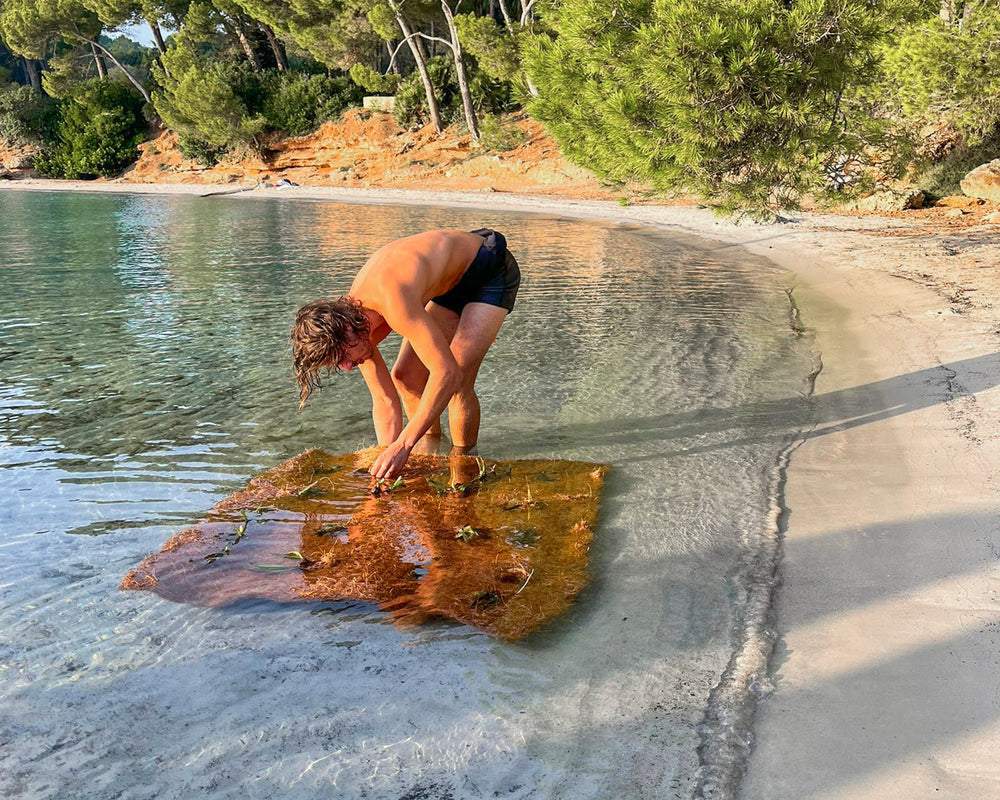
Sediment Stabilization
In highly eroded or disturbed areas, adding biodegradable mats, sandbags, or reef structures helps stabilize sediments long enough for seagrasses to take root
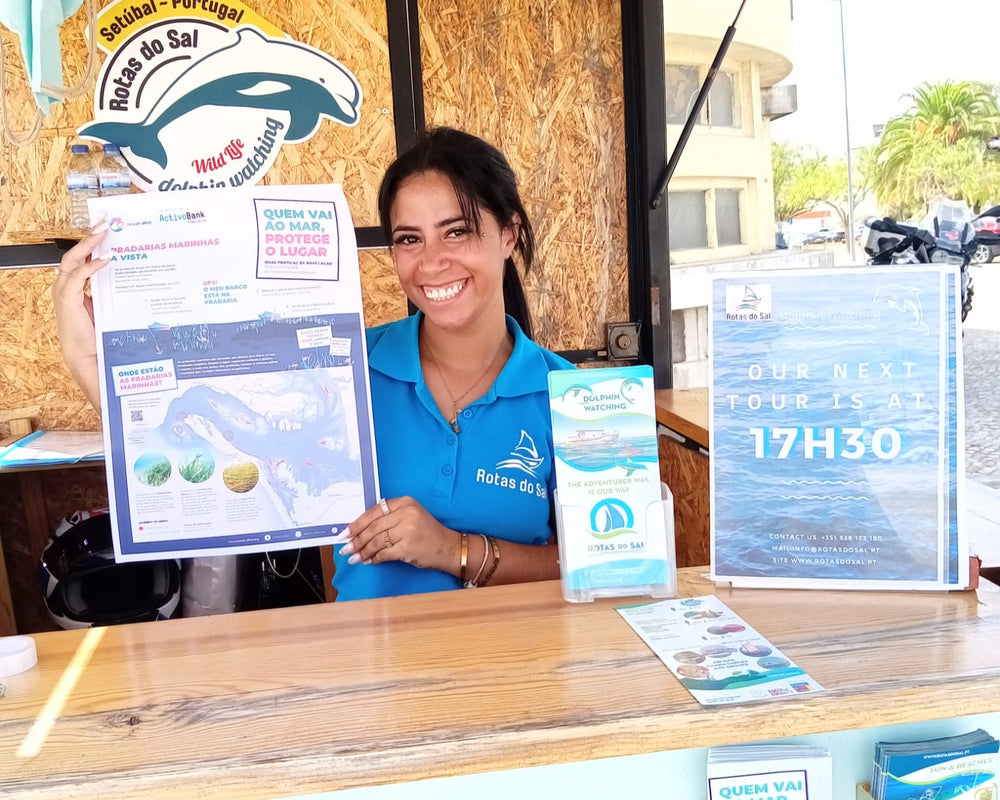
Boater Education & Protected Zones
Establishing no-anchor zones, mooring buoys, and educating boaters on how to avoid damaging fragile meadows can protect restored areas and prevent future damage
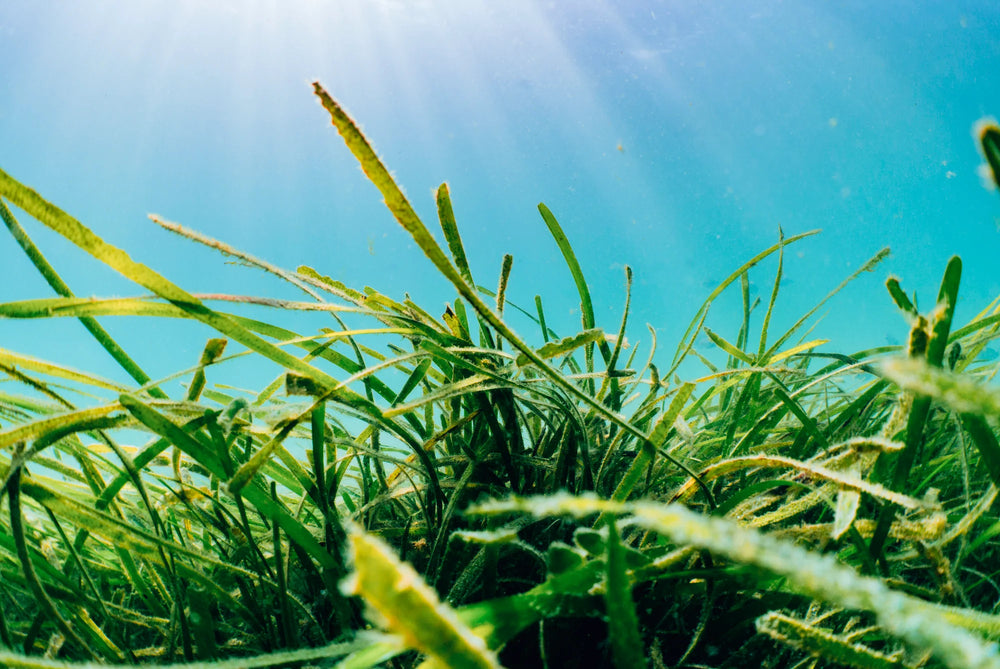
Water Quality Improvement
Reducing nutrient and sediment runoff upstream helps create better growing conditions for both existing and restored meadows


